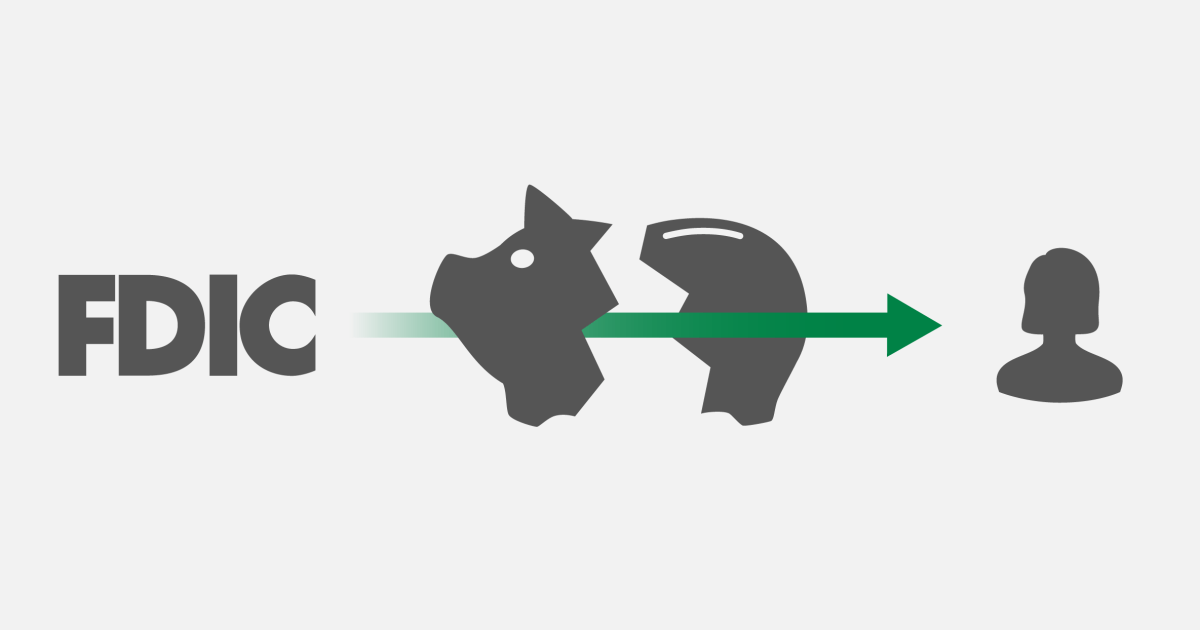The full guarantee of depositors’ money is covered by the FDIC’s Deposit Insurance Fund, a pool backed by fees the agency routinely charges financial institutions. The FDIC requires banks to contribute funds to the Deposit Insurance Fund that can be used to compensate depositors up to its $250,000 limit.
However, if regulators consider a failing bank to be «systemically important», which they did with SVB and Signature over the past week, its depositors can receive payments for balances in excess of that limit. The insurance limit has been raised several times in the program’s history, most recently during the 2008 financial crisis.
Yellen was asked to clarify Thursday whether the government would support all bank customers whose funds exceed the FDIC’s $250,000 limit, after it did so with SVB and Signature.
His response: A bank «only receives that treatment» if regulators determine that it meets certain criteria that indicate a potential systemic risk of a collapse. As a result, he warned, depositors at other banks may not be guaranteed as strong protections, and the FDIC’s standard $250,000 limit continues to apply.
Because the Deposit Insurance Fund is not backed by taxpayer money, the Biden administration has argued that the backing measure does not constitute a bailout.
The systemic risk exception has been invoked before. In 2008, the federal government used it to deal with the mortgage crisis, which endangered several large US banks.
As Isaac Boltansky, an analyst at financial services firm BTIG, said in a recent note to clients, turning on the systemic risk exception «seems to be the clear ‘break in case of emergency’ for policymakers.»

